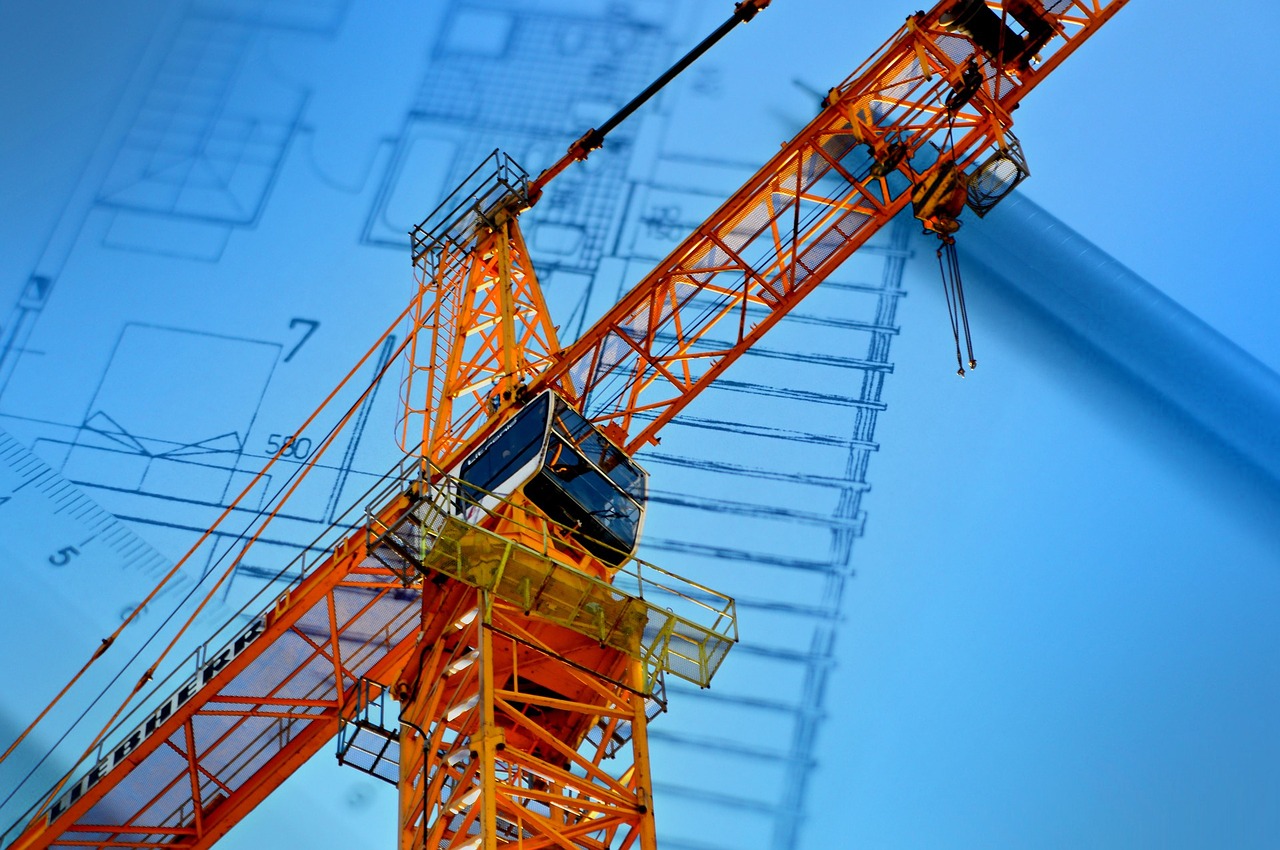Construction industry trends
Keeping up with the latest trends helps construction business stay on top of their game and helps them prepares for future challenges.
Contents |
[edit] Green building technologies
Green construction is based on building projects in an environmentally-friendly and resource-responsible way. It spirals through all the stages, from planning and design, to renovation and demolition. However, many green construction approaches are not significantly different from traditional building, since the economy, durability, and functionality, still remain important elements of the process. Although the construction industry accounts for about 20% of global emissions, expanding populations demand more buildings. The only viable way is to build sustainably, using technologies like recycled bricks, self-healing asphalt, and thermally-driven AC systems.
[edit] Modular and prefabricated elements
Modular construction companies owe their popularity mainly from the rate at which they can build residential and commercial objects. Based on assembling repetitive structures, modular construction can be a good approach for building office buildings, hotels and apartments. Modular construction can save companies a lot of time and money, but there is also a sustainable dimension to it. Since individual elements are manufactured in controlled off-site conditions, the excess material and wastage are reduced to a minimum, as is building-site noise pollution and potential health and safety risks.
[edit] Increased material cost
Material prices increased from 2-3% by the end of 2018, prompting many construction companies to consider what that would mean to them and to prepare to stay competitive. Analysed by the Associated Builders and Contractors, the US Bureau of Labor Statistics data confirms the increase in material prices. The declining prices of 2015 and 2016 have now almost been completely forgotten, as the increase in demand driven by ramped-up building activity is increasing the cost of iron and steel, steel-mill products, and softwood timber. There are also extra-industrial factors to consider, such as energy prices.
[edit] Project management software
Although the construction industry can be slow to adopt new technology, the use of project management software seems to be a strong trend. Software products are becoming more advanced, with features being added constantly. For example, by using cloud-based software platforms, quantity surveyors are able to efficiently manage design, establishing a working budget for structural and finishing elements, taking into account the architectural specifications, structural constraints, schedules and services. Such an intelligent and streamlined approach to construction cost estimating significantly improves transparency, accountability and efficiency.
[edit] Drones
These invaluable technical aides are slowly making their way into the construction arena. Government agencies are using them for tasks such as bridge inspection, emergency response, and traffic monitoring, and unmanned aerial vehicles (UAVs) can also be used for collecting data, surveying large areas of land, inspecting the progress of a project and so on.
For more information see: Drones.
[edit] Augmented reality and virtual reality
The evolving sophistication of the AR and VR technologies opens up new opportunities in improving the design and planning phases, by enabling interactive simulations of projects even before the site has been surveyed. Virtual reality is particularly useful when building in difficult or remote terrains, where site visits are challenging, while construction teams may need to communicate across long distances. This technology allows for instantaneous inspection and evaluation of the site. Although still in their infancy, today’s AR and VR solutions are expected to improve and the number of sites running trial versions is expected to increase.
[edit] Decreased labour workforce
In the US, there are currently nearly a quarter of a million open construction jobs, and the situation does not seem to be improving. With so many ongoing projects facing labour shortages, production has either stalled or slowed down. While many companies have turned to prefabricated and modular construction to meet project deadlines, the number of on-site workers is still dwindling. Since the unemployment rate is still very low, construction companies still find it hard to draw in new people.
For more information see: Skills gap.
[edit] Related articles on Designing Buildings Wiki
Featured articles and news
OpenUSD possibilities: Look before you leap
Being ready for the OpenUSD solutions set to transform architecture and design.
Global Asbestos Awareness Week 2025
Highlighting the continuing threat to trades persons.
Retrofit of Buildings, a CIOB Technical Publication
Now available in Arabic and Chinese aswell as English.
The context, schemes, standards, roles and relevance of the Building Safety Act.
Retrofit 25 – What's Stopping Us?
Exhibition Opens at The Building Centre.
Types of work to existing buildings
A simple circular economy wiki breakdown with further links.
A threat to the creativity that makes London special.
How can digital twins boost profitability within construction?
The smart construction dashboard, as-built data and site changes forming an accurate digital twin.
Unlocking surplus public defence land and more to speed up the delivery of housing.
The Planning and Infrastructure Bill
An outline of the bill with a mix of reactions on potential impacts from IHBC, CIEEM, CIC, ACE and EIC.
Farnborough College Unveils its Half-house for Sustainable Construction Training.
Spring Statement 2025 with reactions from industry
Confirming previously announced funding, and welfare changes amid adjusted growth forecast.
Scottish Government responds to Grenfell report
As fund for unsafe cladding assessments is launched.
CLC and BSR process map for HRB approvals
One of the initial outputs of their weekly BSR meetings.
Building Safety Levy technical consultation response
Details of the planned levy now due in 2026.
Great British Energy install solar on school and NHS sites
200 schools and 200 NHS sites to get solar systems, as first project of the newly formed government initiative.
600 million for 60,000 more skilled construction workers
Announced by Treasury ahead of the Spring Statement.





























Comments